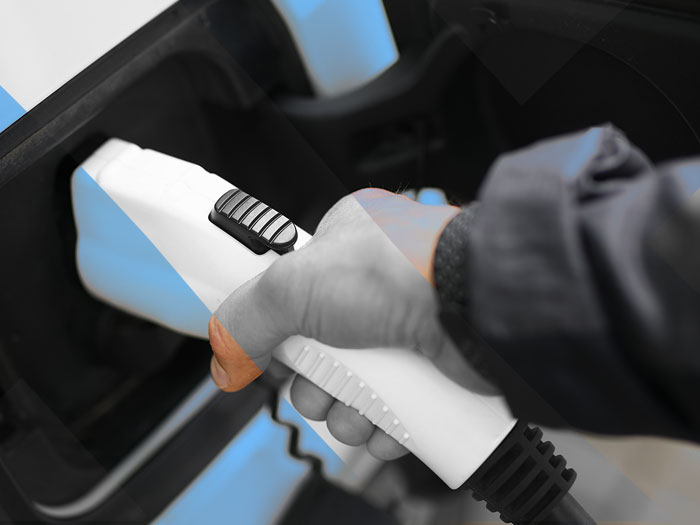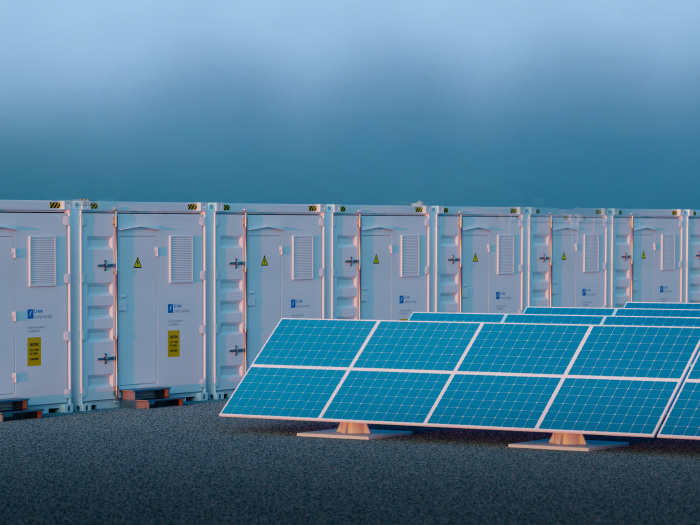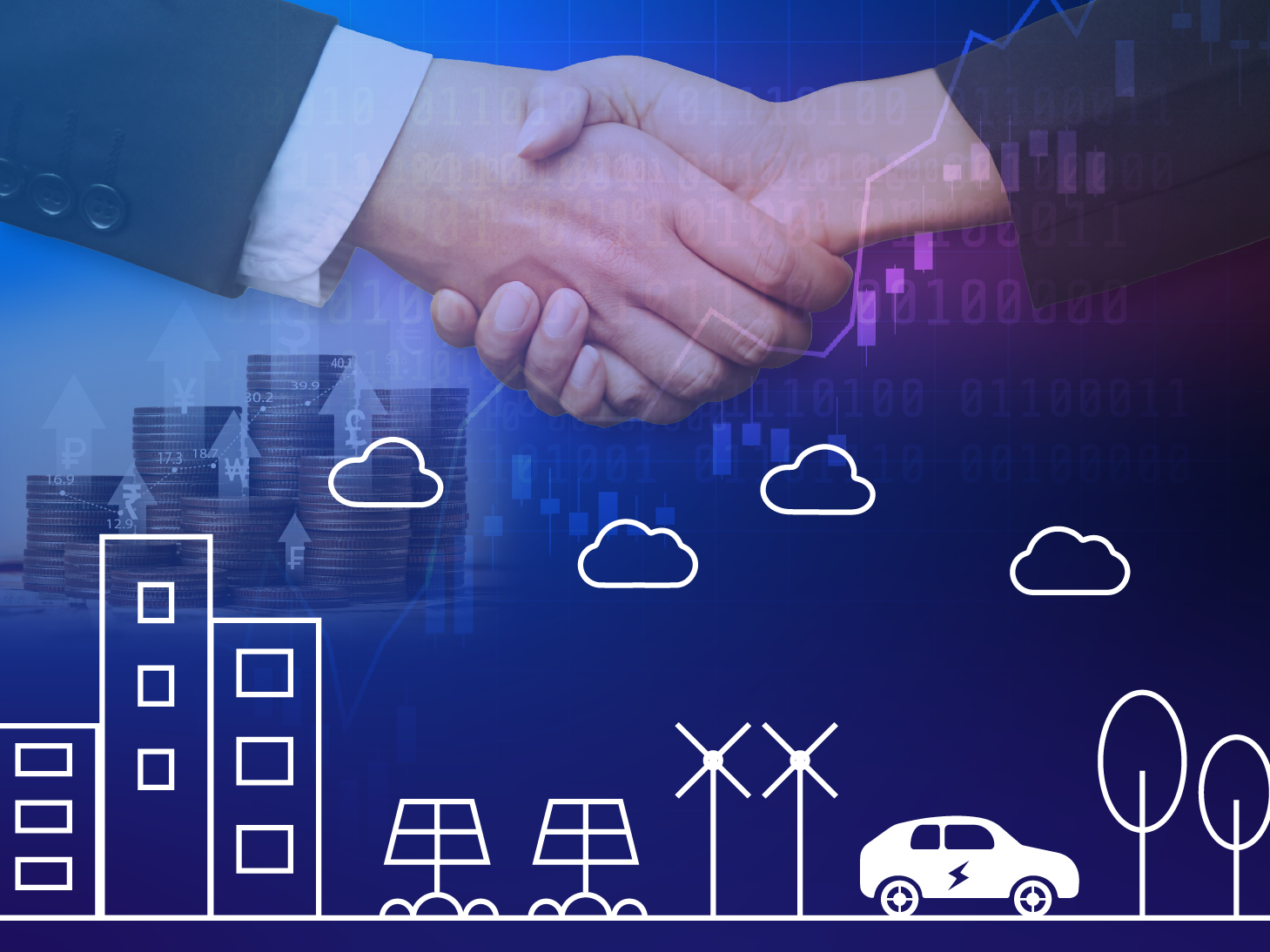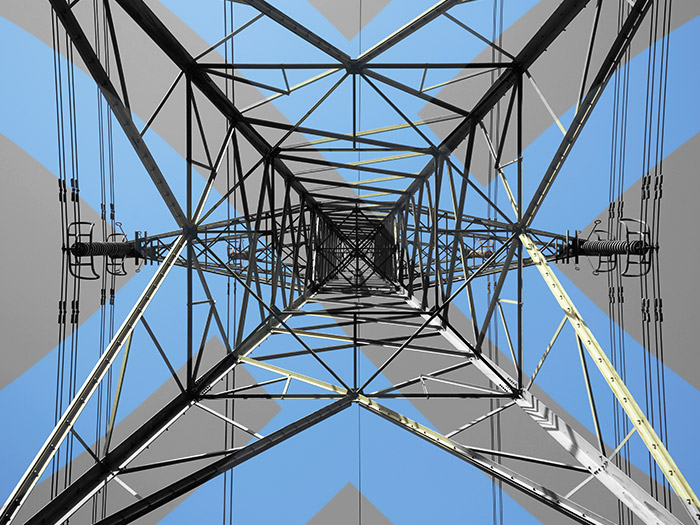News
better business decisions
Posted 6 years ago | 4 minute read

The Clean Growth Strategy – what does it mean for DSR?
GridBeyond’s Michael Phelan explains why the Clean Growth Strategy means businesses can no longer rest on their laurels when it comes to carbon emissions, behaviour change is as necessary as innovation, and how demand side response will come out from the sooty shadows of industry and into the mainstream spotlight.
GridBeyond, the leading demand side response, energy services and energy technology pioneer, promotes an inclusive energy landscape, where businesses and individuals are not simply passive bill payers, but play a part in the bigger energy picture. Here’s what Michael Phelan has to say about the new Clean Growth Strategy…
The CGS means that more than ever, business energy efficiency is under scrutiny. For the early adopters, demand side response, embedded generation and energy storage are already working well, but the pressure is on for those not yet participating to get a move on and catch up.
The strategy outlines that the use of flexibilities to include sectors that were previously deemed unreachable has been key to reducing emissions so far. This progress, although encouraging, hasn’t even scratched the surface of what could be done. Business and industrial consumers, along with transport, account for almost half of emissions. Industrial and business sectors have significant opportunity to change the way the UK consumes energy as a whole, and whilst the report claims that more investment in technological breakthroughs would be crucial, getting these companies to participate using the high end technologies currently available, and putting their mind at rest that operational integrity can be maintained, also needs to be a focus. Driving innovation is a major component, but driving behavioural change goes hand in hand.
A large part of behavioural change is understanding, education and trust. National Grid’s Power responsive programme has helped a great deal with untangling many of the mysteries surrounding demand side response, but we still have a way to go. There is a huge amount of complexity in the marketplace. Endeco doesn’t hide this from clients, but looks to simplify that complexity into a single programme containing multiple activities, all managed within a single platform, delivering savings and revenues.
The biggest complaint we hear about demand side response is that for every aggregator they speak to, they hear a different story as to what demand side response actually is. When the market was young, and the early adopters were looking to dip a toe with just one element of DSR, this was acceptable to a degree. There were also only a handful of aggregators. Since then, the market has evolved and those fulfilling an energy management role now understand that there is more to the puzzle than one piece. Endeco brings together and explains how those pieces fit together and provide the expertise and platform to enable whichever schemes work best for the assets on site. In what is already a complicated topic, specialists in particular areas of demand side response really haven’t helped to provide a rounded explanation of the market.
In addition to business and industry, the encouragement of electric vehicles means demand side response, storage and smart energy technologies will come out from behind the industrial shadows and take the spotlight for enabling lifestyles and behaviours outside of the workplace. Smart meters and the wider spread availability of solar panels and small scale battery storage packs for homes are just the beginning of what promises to be a seismic change for the energy infrastructure.
The strategy mirrors the words of National Grid in its vision for a smarter more flexible system through technologies such as interconnection, storage and demand side response. Finding flexibility for the predicted 4.9GW required for demand side response, and the 0.3GW of storage by 2032, fully digitised demand side response will be imperative. Implementing a cost-effective solution for balancing the variability of grid scale clean energy with the demand of energy users is vital to taking full advantage of renewable energy and decarbonising our electricity system to hit our ambitious green targets.
A combination of technology, education and strong partnerships between aggregators, tech innovators, grid operators, suppliers and consumers will be key to developing a fully optimised smart grid.
*****************************************************************************************************
For more information on demand side response and how your business can help shape the energy landscape, contact our friendly team on 01923 431 638, email service@endeco-technologies.com or request a call back.








